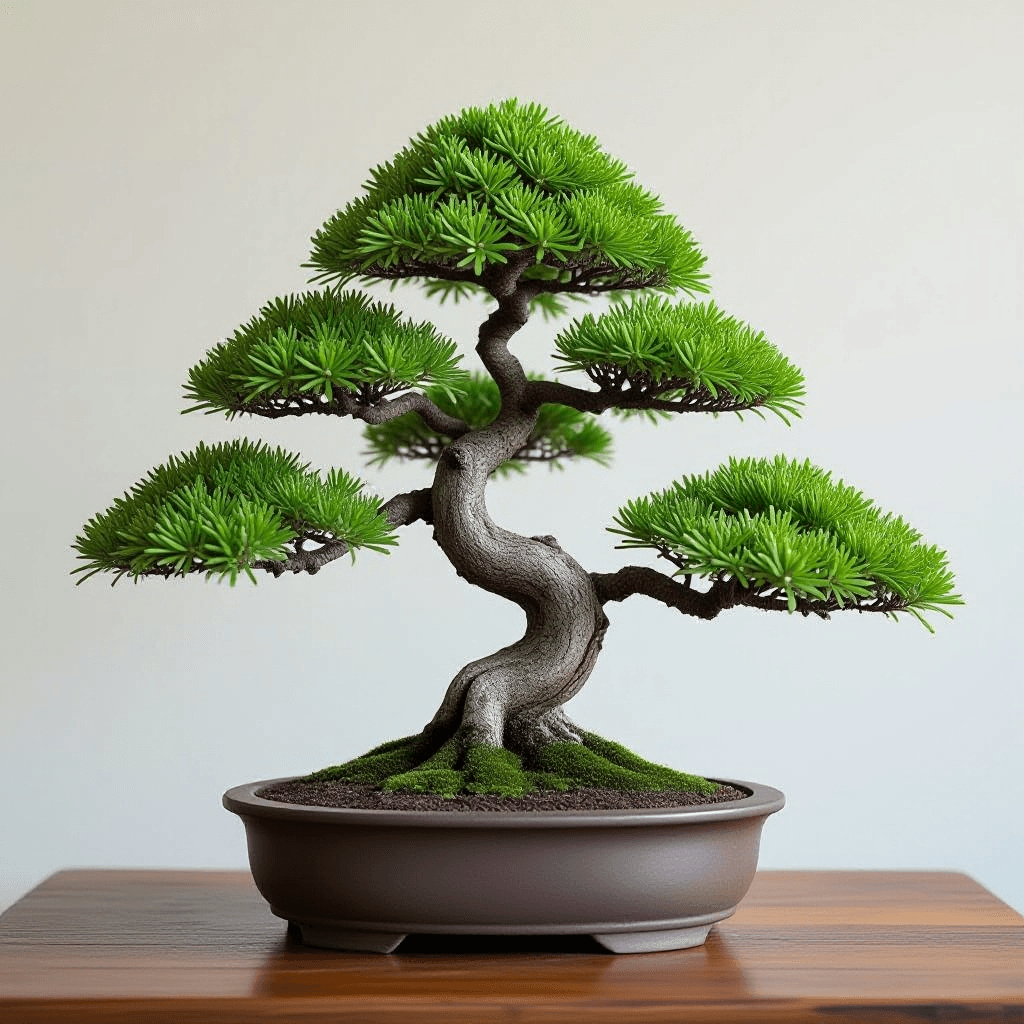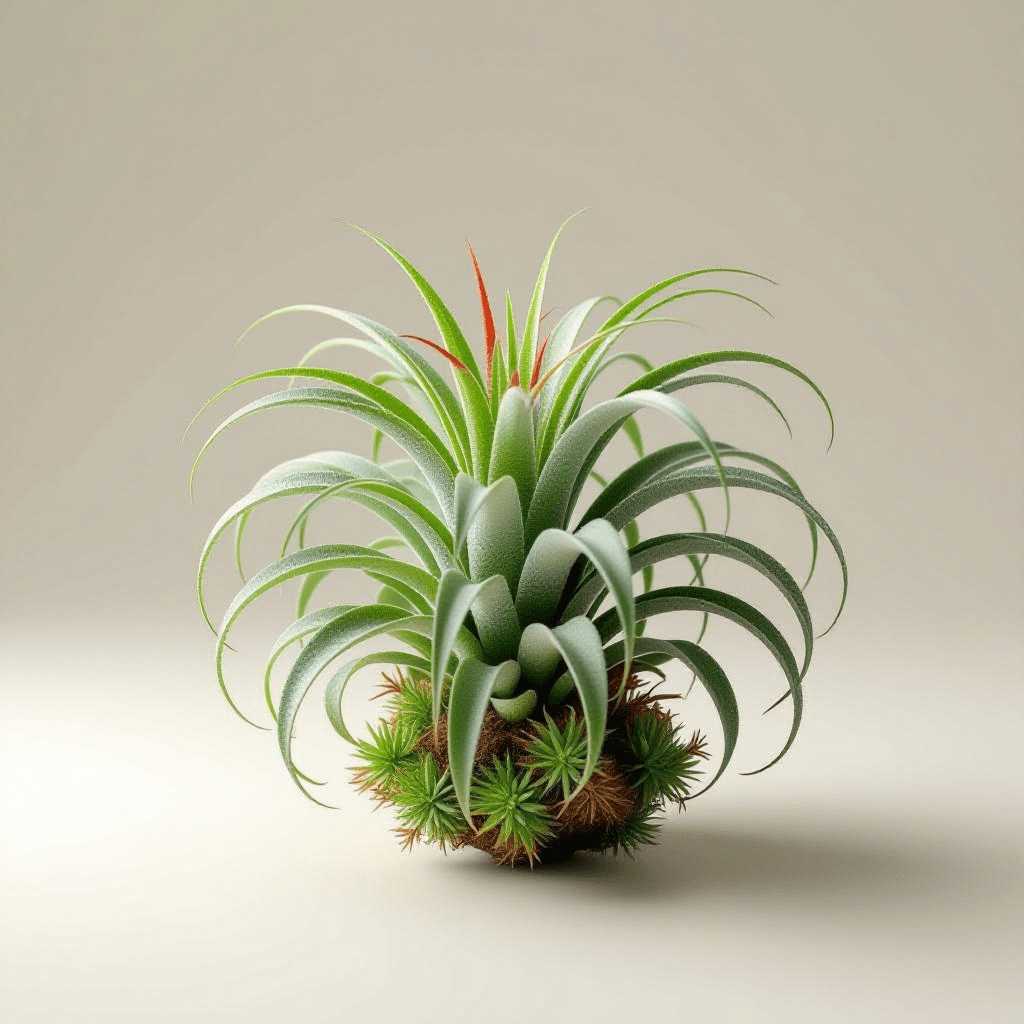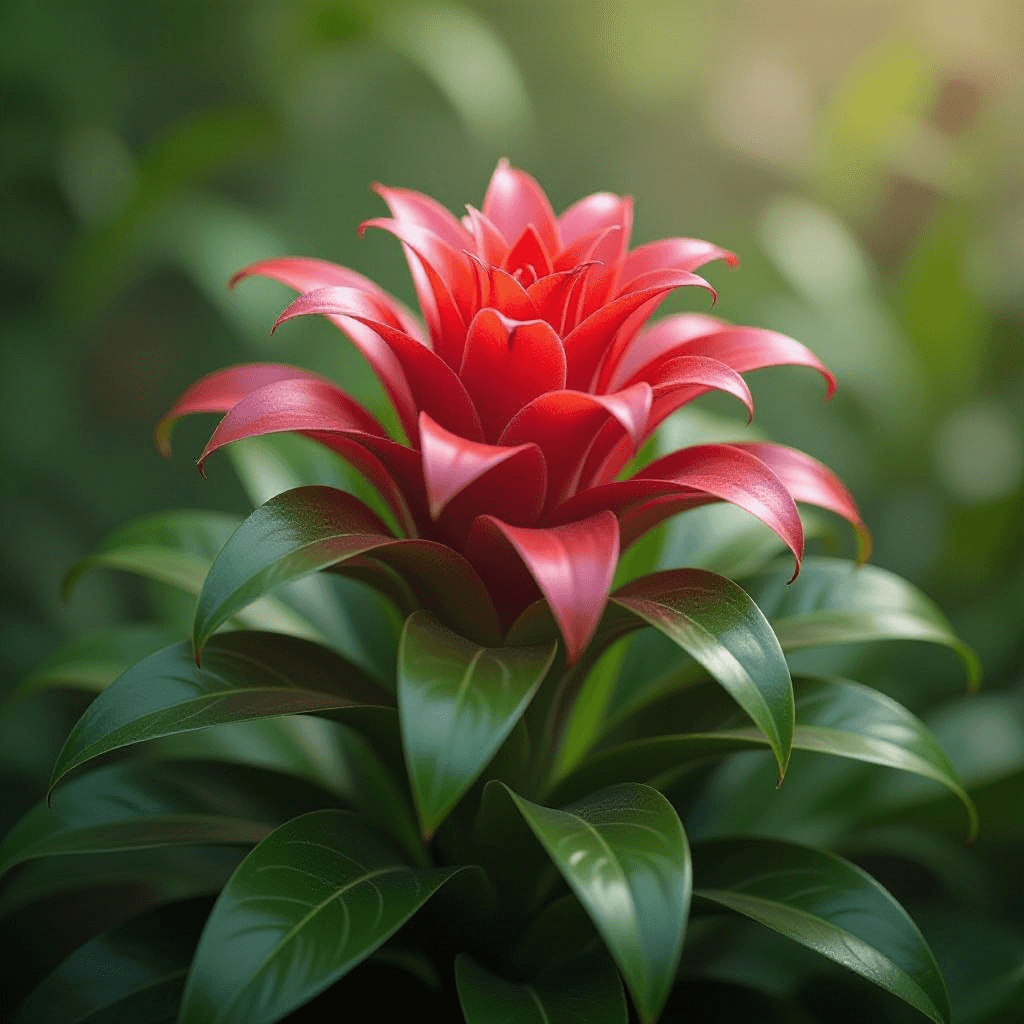Introduction to Bonsai Trees
Bonsai trees are a captivating blend of art and horticulture that has fascinated enthusiasts around the world for centuries. Originating from ancient China and later embraced and perfected in Japan, bonsai represents a deep cultural significance in many Asian societies. The term “bonsai” itself translates to “planted in a container,” which embodies the meticulous process of cultivating miniature trees in pots to create stunning living art pieces.
The art of bonsai requires patience, skill, and an understanding of various horticultural techniques. It combines plant care, pruning, wiring, and even shaping with the insight of an artist. Every bonsai tree tells a story, reflecting the natural beauty and complexity of its larger counterpart in the wild. This artistic rendition not only allows for varying interpretations and styles but also fosters a unique connection between the grower and the plant.
There are numerous types of bonsai trees, each offering distinct aesthetics and growth requirements. Popular species for beginners include the Ficus, Juniper, and Chinese Elm. The Ficus, known for its resilient nature, thrives in various conditions, making it an excellent choice for novices. Meanwhile, the Juniper provides a classic look with its needle-like foliage and flexibility in styling, making it favorable for both beginners and experienced practitioners alike. The Chinese Elm is another appealing option, celebrated for its adaptability and picturesque branching structure. Understanding these species is essential for anyone venturing into the world of bonsai cultivation, as each type presents unique characteristics that contribute to the overall considered design of bonsai artistry.
Essential Care Techniques for Bonsai
Caring for bonsai trees requires a deep understanding of their unique needs to ensure their health and aesthetic appeal. One of the most critical aspects of bonsai care is the watering schedule. Bonsai trees thrive when their roots are kept moist, but overwatering can lead to root rot. As a general rule, the soil should be checked daily; watering should be done when the top layer of soil feels dry. Environmental factors such as temperature and humidity can significantly impact the frequency of watering. It is essential to adapt the schedule according to the tree species and seasonal changes.
Equally important is providing optimal soil conditions that support drainage and nutrient retention. A well-balanced bonsai soil mix typically includes components like akadama, pumice, and lava rock to ensure proper aeration and moisture retention. This combination allows the roots to breathe while providing the necessary nutrients for growth. Regularly inspecting the soil for compaction is advisable, as compacted soil can inhibit root development and nutrient absorption.
Sunlight and humidity play a vital role in bonsai tree health. Most bonsai species require a minimum of four to six hours of sunlight daily, preferably in direct light conditions. Placement near a south-facing window or outdoors during the growing season is often ideal. Additionally, maintaining proper humidity levels is crucial, especially for tropical bonsais. Utilizing humidity trays filled with water and pebbles or misting the leaves can help create an optimal microclimate.
Pruning and wiring techniques are also essential in shaping bonsai trees. Regular pruning encourages new growth, maintains the desired shape, and prevents over-crowding. This technique requires a delicate approach, as careful cuts can promote healthy branches. Wiring, on the other hand, allows you to train branches into desired positions, providing the iconic artwork associated with bonsai. By mastering these essential care techniques, bonsai enthusiasts can cultivate trees that flourish and retain their breathtaking appearances.
Common Pests and Diseases in Bonsai Trees
Bonsai trees, while beautiful and meticulously cultivated, can be susceptible to a range of pests and diseases that pose threats to their health. Among the most common pests that gardeners encounter are aphids and spider mites. Aphids are small, soft-bodied insects that tend to cluster on tender new growth. They can be easily recognized by their pear-shaped bodies and presence on the underside of leaves. Infestations can lead to distorted growth, yellowing leaves, and a subsequent decline in the overall health of the bonsai tree.
Spider mites, on the other hand, are tiny arachnids that often go unnoticed until their populations have grown significantly. Signs of spider mite infestation include the appearance of speckled leaves and the development of webbing on the plant. These pests thrive in dry conditions; thus, maintaining adequate humidity can serve as an effective preventive measure. Regularly inspecting your bonsai for these pests is crucial; early detection enables more manageable control methods.
In addition to pests, bonsai trees may also suffer from various diseases, particularly fungal infections such as powdery mildew and root rot. Powdery mildew presents as a white, powdery growth on leaves and stems, often arising in warm, humid environments. To combat this, it is essential to improve air circulation and consider fungicidal treatments if the issue persists. Root rot, typically induced by overwatering, leads to wilting and yellowing leaves, as well as a general decline in plant vigor. To prevent this, ensure your bonsai pot has adequate drainage and refrain from watering until the soil has dried sufficiently.
To promote the health of your bonsai trees, consider implementing organic pest control methods such as neem oil or insecticidal soap, which are effective at managing pest populations without harmful chemicals. Monitoring for signs of distress and addressing them promptly can help maintain the vitality of your bonsai. In more severe cases, do not hesitate to seek professional assistance, ensuring your miniature tree continues to flourish.
Advanced Techniques for Bonsai Enthusiasts
For seasoned bonsai enthusiasts, mastering advanced techniques can significantly enhance both the aesthetic appeal and health of their bonsai trees. One of the key styling methods employed by advanced practitioners is the creation of jin and shari. Jin refers to the deadwood part of the branch, whereas shari is the exposed wood found along the trunk. These techniques not only mimic the natural aging process of trees but also add character and visual interest to the bonsai. To create jin, one must carefully die back branches and utilize carving tools to refine the appearance of the deadwood, ensuring that it looks authentic and aged. Similarly, shari is established by peeling away bark and exposing the wood beneath, accentuating the tree’s resilience and history.
Another crucial element of bonsai care is root pruning, a technique often employed to maintain the health and size of the tree. Periodically inspecting the root system allows the enthusiast to eliminate any unhealthy roots and promote robust growth. This process is best executed during the tree’s dormant season, initiating a vigorous growth phase the following spring. When repotting, one must select appropriate soil that provides both drainage and nutrients, ensuring the long-term vitality of the bonsai.
Participating in bonsai shows and competitions can also serve as a rewarding experience for advanced practitioners. Preparing a bonsai for exhibition involves careful attention to detail; from selecting an appropriate pot to wiring the branches for optimal presentation, every aspect counts. Judges typically evaluate factors such as the tree’s health, the artistry of the design, and the harmony between the tree and its pot. Being aware of these elements can greatly enhance one’s chances of success in the competitive bonsai arena.


